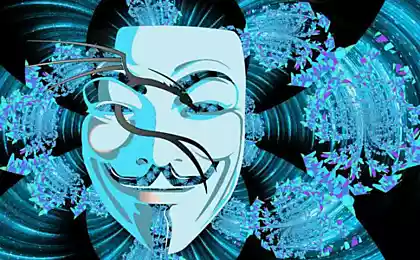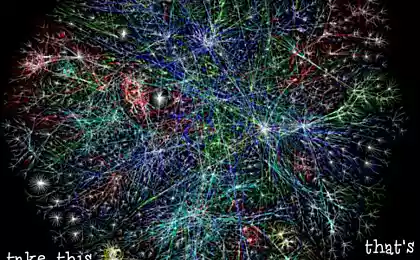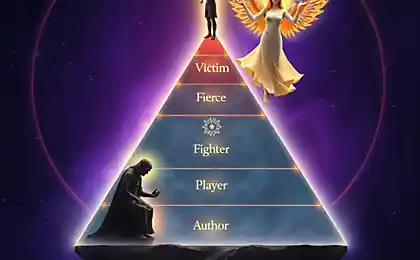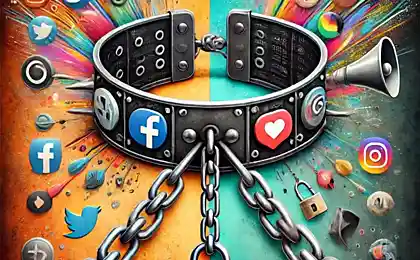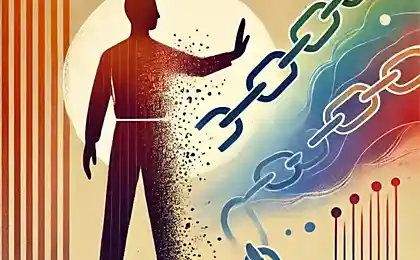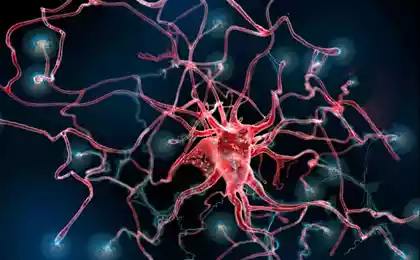187
I delete messages if they are not answered for a long time. What problem does this point to?
Modern digital communication has created new forms of behavior that can tell a lot about our inner world.

In the era of instant messaging and constant communication, an amazing phenomenon has emerged: people delete their messages if they are not answered for a long time. This behavioral pattern seems irrational at first glance, but in fact points to deep psychological processes occurring in the context of digital communication.
The statistics show: 67% of instant messenger users experience anxiety without receiving a response within an hour, and 23% delete their messages in the absence of a reaction for more than a day.
Psychological Roots of Digital Anxiety
Removing unanswered messages is a mental defense mechanism that is activated in response to perceived rejection. When a person does not receive a response to their message, their brain interprets it as a social signal of danger, triggering ancient evolutionary survival programs.
Neuropsychological fact: Social rejection activates the same areas of the brain as physical pain. So ignoring messages literally causes suffering.
Deleting a message becomes an attempt to “erase” evidence of its own vulnerability. It's like a kid's game of hide-and-seek: "If I don't see a problem, it doesn't exist." The person subconsciously hopes that deleting the message somehow neutralizes the psychological discomfort of not responding.
Syndrome "read but not answered"
Especially painful is the moment when a message is marked as “read” but no response follows. In this case, the uncertainty disappears, and the person knows for sure that he was ignored. Deleting a message in such a situation becomes an attempt to regain control of the situation.

The social roots of the problem
The phenomenon of deleting messages is closely related to changing social norms of communication. In the pre-Kyfric era, people had natural pauses in communication. Letters were delivered in days, phone calls were made at certain times. Modern technology has created the illusion of constant availability, which has created new expectations and, as a result, new disappointments.
It's important to understand: A culture of “instant response” is not natural to the human psyche and can cause chronic stress.
The Paradox of Choice in Digital Communication
Every day a person receives dozens and sometimes hundreds of messages. This creates a paradoxical situation: having more opportunities to communicate, people experience more anxiety about the quality of that communication. Failure to respond to one message is more painful precisely because there are too many alternatives to communicate.
Deep causes of behavior
Low self-esteem and the need for validation
People who regularly delete unanswered messages often suffer from low self-esteem. Each unanswered message is perceived as confirmation of its own insignificance. Removal becomes a way of avoiding the constant reminder of one’s “importance.”
A psychological puzzle: By deleting a message, a person simultaneously recognizes its importance to himself and tries to devalue this importance. This is a classic example of cognitive dissonance in action.
Fear of conflict and rejection
Some people delete messages out of fear that their content may offend or upset the recipient. In this case, deletion is an attempt to “undo” a potential conflict. A person prefers the uncertainty of a negative outcome.
Perfectionism in Communication
Perfectionists are particularly prone to deleting messages. They perceive the lack of response as evidence that their message was not good enough, interesting or important enough. Removal becomes a way to “fix the bug” and get a second chance.

Consequences of such conduct
Regularly removing unanswered messages can lead to serious consequences for mental health and relationship quality. First, it reinforces negative beliefs about yourself and your importance to others. Second, it creates a vicious circle of avoidance that makes communication all the more disturbing.
Danger: Permanently deleting messages can lead to social isolation and deepening self-esteem problems.
Impact on relationships
This behavior can negatively affect relationships with friends and family. People may interpret the disappearance of messages as strangeness or insincerity. This creates additional tension in communication and can lead to misunderstandings.
Practical recommendations
How to cope with the desire to delete messages:
- Set realistic expectations: Remember that people can be busy, and not responding immediately does not mean rejection.
- Practice mindfulness: Notice the moment when you want to delete the message, and wonder about the true motives.
- Work with self-esteem: Develop internal confidence that is independent of external validation
- Diversify your sources of support: Don’t rely on one person or one channel.
- Set boundaries: Determine a reasonable time frame for waiting for a response
The 24-Hour Rule Technique
If you want to delete a message, wait 24 hours. During this time, the emotional response will subside and you will be able to make a more rational decision. The answer often comes during this waiting period.
Lifehack: Create a draft folder for the messages you want to delete. Move them there instead of removing them. After a week, review the contents of the folder – most likely, the desire to delete these messages will already pass.
Rethinking Digital Etiquette
It is important to understand that modern digital etiquette is still forming. The absence of an immediate response does not always mean impoliteness or indifference. People can read messages between cases, planning to respond later, but then forget about it because of the abundance of information.
Alternative strategies
Instead of deleting messages, consider other ways to deal with anxiety from a lack of response. You can do other things, write a diary about your feelings, or turn to a friend for support. The main thing is not to let one unanswered message determine your mood for the whole day.
The study found: People who learned not to delete unanswered messages reported a 40% reduction in anxiety levels within a month.
Conclusion
The desire to delete unanswered messages is a symptom of deeper issues related to self-esteem, anxiety, and adaptation to the digital age. Understanding the causes of this behavior is the first step to changing it. Remember, your value as a person is not determined by the speed of your responses.
Digital communication should complement, not replace, human relationships. By learning how to cope with anxiety from unanswered messages, we become more resilient to the stresses of the modern world and get more pleasure from communicating with others.
Glossary
Cognitive dissonance is a psychological state of discomfort that occurs when conflicting beliefs or attitudes clash.
Validation is the process of recognizing and validating the significance of a person’s feelings, thoughts, or experiences.
A behavior pattern is a pattern of behavior that repeats itself in similar situations.
Digital etiquette is a set of rules and norms of behavior in the digital environment and online communication.
Social rejection is a situation where a person is excluded from a social group or interaction.
Perfectionism is the pursuit of perfection and setting excessively high standards for oneself.
The defense mechanism is an unconscious psychological strategy aimed at protecting against painful experiences.
How to see the essence of people. When a person kicks out a trait, it means he hides the opposite from you.
The Philosophy of Life by Marcus Aurelius: Don't be mean to yourself.

